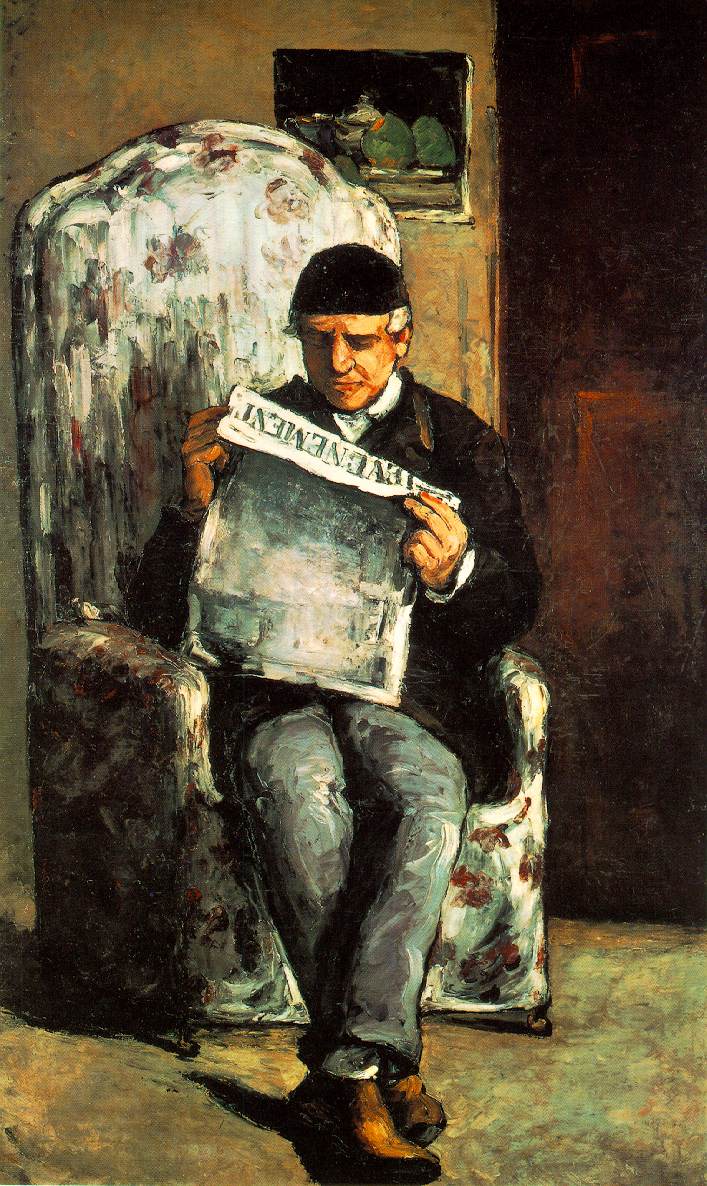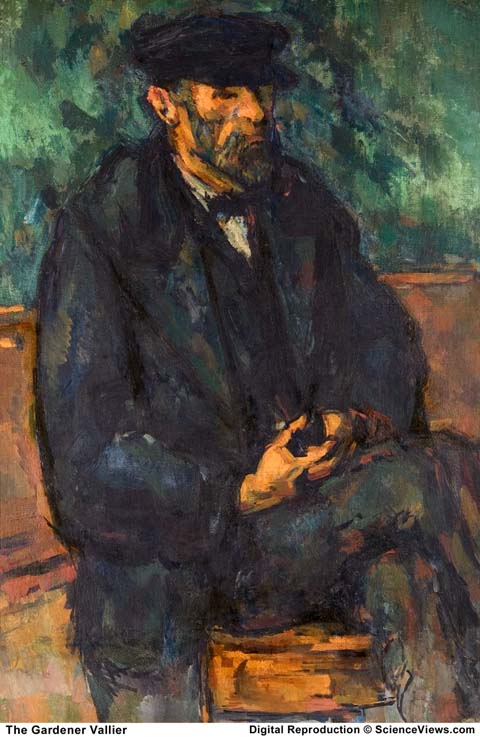
Photo by professional photographer Graham Watson, taken from www.velonews.com.
March 18, 2006: The 2006 professional cycling season is in full swing, heralded in by the first of the traditional one day spring classic races,
Milan-San Remo (MSR). This race is nearly one hundred years old, and it's not just the name that drips off the tongue. It is steeped in romantic history as well. The longest of the European Spring Classics at 300 km (180 miles), MSR delivers the riders on a journey from Milan west to the Ligurian coast to San Remo, on the Italian Riviera. Early in its history, winners have included the legendary Eddy Merckx, as well as Fausto Coppi, Tom Simpson, and Lauren Fignon. All these riders also made their mark on the longer stage races, including the Tour de France. However, in recent years, as the fitness of the riders as a whole has increased, the days of finding a rider capable of excelling in one day racing and stage racing at the same time are likely long since gone.
MSR is known as the sprinters classic... it is long and flat with little opportunity for break aways to escape from the watchful eye of the teams of the top sprinters. These teams work for the sole purpose of keeping the race together til the final straightaway, at which point they hopefully have left their top sprinter in position to challenge for the victory. This year was suppose to be a collision of the two best sprinters in the world, Tom Boonen (Belgium, team Quick Step) and Alexandro Petacchi (Italy, team Milram). These riders for the most part have somehow missed racing each other in the big races of 2005. Although MSR is a demonstration of early season fitness, the winner would certainly take the opportunity to lay claim to the title of "World's Best Sprinter." Needless to say, the spotlight was stolen from both of them Filippo Pozatto, a Quick Step teammate of Boonen, escaped in the closing kilometers. Pozatto made an improbable break from the peloton over the winding hill known as the Poggio. The Poggio is a speed bump, really. Although it was specifically incorporated into the course just for the purpose of giving riders the opportunity to make breaks from the pack, few in recent years have succeeded. This year was a notable exception. Pozatto's lead at its largerst was only seconds; the peloton rapidly closed in on him at the finish, but it was enough for him to steal the win.
The photo above says it all: Pozzato crosses the finish line with his arms raised in exaltation; behind him in the light blue jersey is Petacchi, disgusted at missing a possible win by less than a second; and Pozzato's teammate Boonen, in the rainbow jersey, arms raised while cheering his teammate's victory. The dynamics of a professional bike race is one of the hardest things for someone who doesn't follow this sport to understand: Boonen was a strong favorite to win this race, and Pozzato's job was simply to help him do it. However, the opportunity for Pozzato presented itself and he took it. Boonen was more than happy to take a backseat on this day and allow his teammate a rare moment to share the spotlight.

 (Don and Erica showing their early season form)
(Don and Erica showing their early season form)





